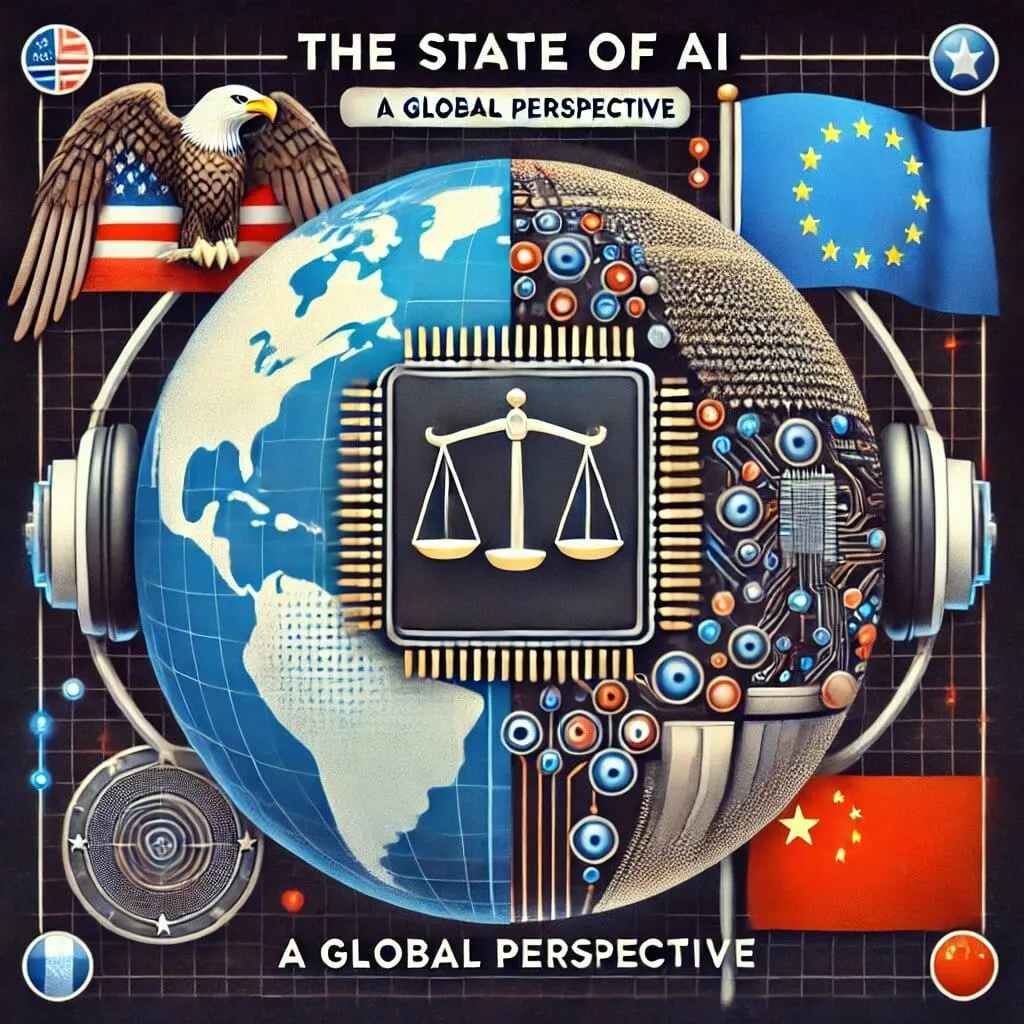Keng-Chi Chang, a researcher in the field of digital media and political communication, has delved into the intricate world of memes to uncover what sets authentic user-generated content apart from those orchestrated by state actors. In a novel approach, Chang employs advanced machine learning techniques to analyze and differentiate between genuine and coordinated memes, shedding light on the visual themes that define each category.
Chang’s study leverages a self-supervised vision model known as DeepCluster, developed by Caron et al. in 2019, to learn low-dimensional visual embeddings of memes. This process involves transforming the complex visual data of memes into a simplified, numerical format that can be more easily analyzed. By applying the K-means clustering algorithm, Chang is able to group both authentic and coordinated memes together without the need for additional inputs. This method allows for a comprehensive comparison of the visual themes present in each type of meme.
The findings reveal that while authentic and coordinated memes share a significant number of visual themes, the degree to which these themes are promoted varies. Coordinated memes, specifically those from Russian Internet Research Agency (IRA) accounts, tend to emphasize themes around celebrities, quotes, screenshots, military, and gender. In contrast, authentic memes from Reddit users incorporate more themes related to comics and movie characters. This distinction in thematic focus highlights the strategic use of visual content by state actors to influence and engage with audiences.
One of the most compelling aspects of Chang’s research is the development of a simple logistic regression model that can accurately discern IRA memes from Reddit memes. By training the model on the low-dimensional embeddings derived from the DeepCluster vision model, Chang achieves an impressive out-sample testing accuracy of 84%. This capability to distinguish between authentic and coordinated memes has significant implications for the defence and security sector, particularly in the realm of digital forensics and countering disinformation campaigns.
The practical applications of this research extend beyond mere identification. Understanding the visual themes and strategies employed by state actors can inform the development of more effective countermeasures and detection algorithms. For defence and security agencies, this means being better equipped to identify and mitigate the impact of coordinated disinformation campaigns, ultimately safeguarding the integrity of digital communication channels and public discourse. Chang’s work not only advances our understanding of meme culture but also provides valuable tools for navigating the complex landscape of digital media in an era of increasing cyber threats.
This article is based on research available at arXiv.

